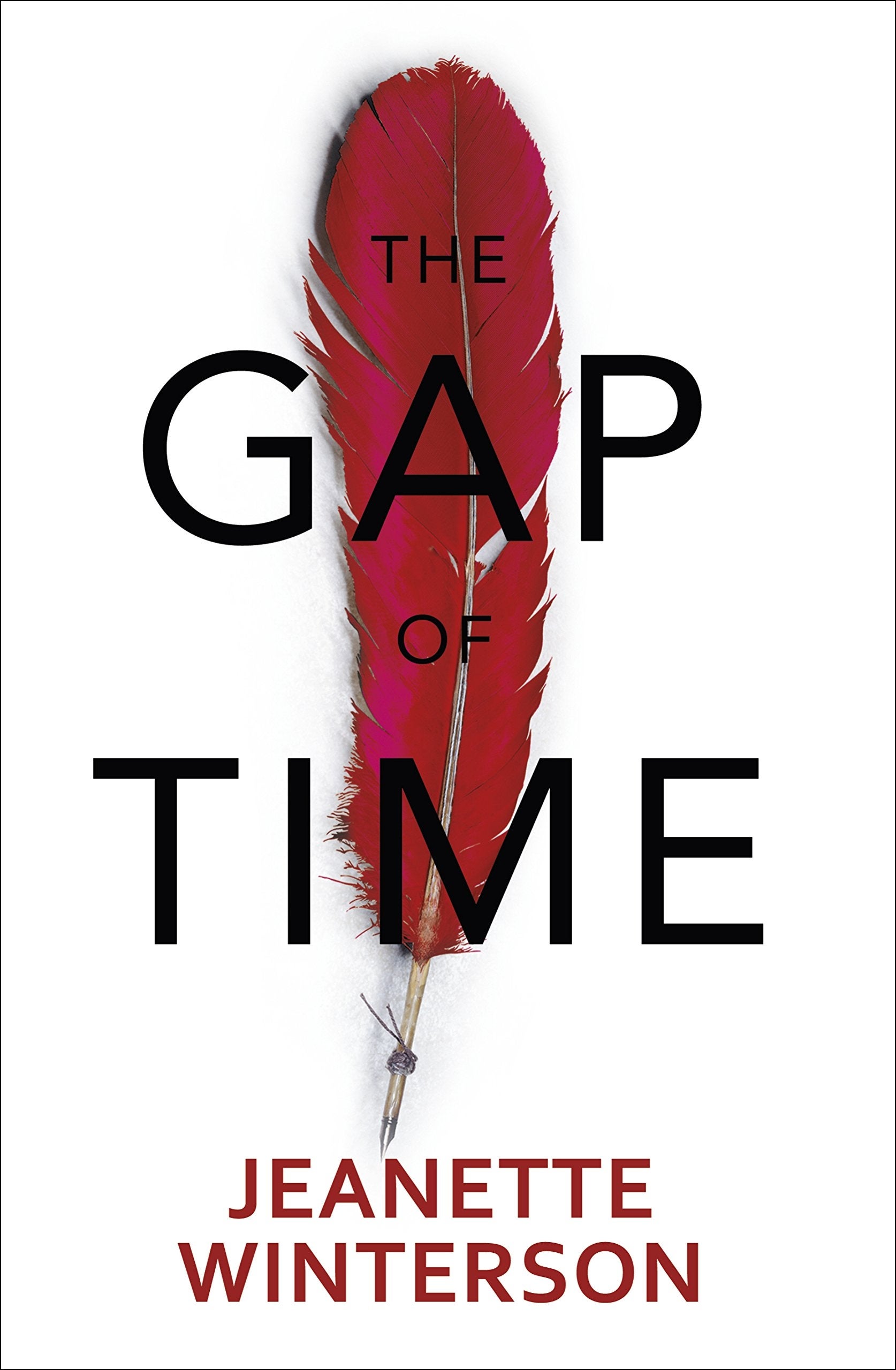The Gap of Time, by Jeanette Winterson - book review: Novel way to bring back the Bard ... never mind the gap
Hogarth Press - £16.99

Ahead of next year’s 400th anniversary of William Shakespeare’s death, Hogarth Press is releasing a series of novels based on his plays. Gillian Flynn tackles Hamlet, Howard Jacobson does The Merchant of Venice, but first comes Jeanette Winterson’s “cover version” of The Winter’s Tale. Her title, The Gap of Time, is taken from the play’s closing lines where, after 16 years, a family is reunited; there’s a plea for each to tell their story, to “answer to his part/ Perform’d in this wide gap of time since first/ We were dissever’d.”
It’s one of many smart choices Winterson makes – for she fulfils this demand herself, offering a new, modern take on Shakespeare’s play.
We open with a thriller-like present tense sequence, lifted from the end of Act III, where the baby, Perdita, is rescued after Tony (Antigonus in the original) makes his famous exit – not pursued by a bear here, but by gangsters after her suitcase full of cash.
Rewind time; back to the beginning. Leo (Leontes) is a London banker, his wife MiMi (Hermione) a famous French chanteuse, who’s about to have a baby. But Leo suspects that the child Perdita is the result of an affair with his best friend Xeno (Polixenes), and is consumed by jealousy. One of the challenges of the play is his steep, rapid descent into green-eyed rage, but a novel may provide explanatory backstory. Fill in the gaps.
We’re told how Leo and Xeno, both products of broken homes, had an intense teenage romance, before Leo literally pushed him away – Xeno fell off a cliff, and only just avoided death. This becomes a symbolic foreshadowing of Leo’s kill-the-ones-you-love violence; the motif of Xeno as a “fallen angel” will recur, too.
Leo is wrong about Xeno and MiMi’s affair, but there is latent attraction there: they once shared a romantic weekend in Paris. This subconscious love triangle changes things. It’s a blurrier, contemporary take on romance, where desire – and psycho-sexual jealousy – can shoot in all directions. In the play, the tragedy stems from a sense of injustice: Leontes’s diseased imagination is wrong in suspecting his “chaste” wife and “blameless” best friend – not actually kinda on to something ….
Also notable is the decision not to bump off Hermione – MiMi becomes a recluse, whereas in The Winter’s Tale Leontes (and a first-time audience) believe she has died. I can’t help but think this choice diminishes the sense of loss, and then redemption, at the story’s end.
Winterson still muses on the theme of restoration – how time can seem to stop or stretch, and maybe even reverse; how “stories of lost and found” are the oldest; how each generation tries to heal the wounds of the past, but will always suffer its own failures. Mostly these are elegantly embedded in the storytelling; sometimes they clang. Xeno gets some dud lines: “I thought I could fly… but I could only fall.”
In the final moments of the novel Winterson breaks the fourth wall, as it were, to tell us how much this play means to her – a “foundling” herself, the story of a child lost and found has particular personal resonance. Her analysis of the play is sharply insightful, even if it’s a bit jarring to find it at the conclusion of this engrossing, almost soapily addictive novel. But then the Hogarth project does invite the reader to keep an eye on the parallels, to hold two texts in your brain at once; Winterson’s urge to acknowledge this is understandable.
And her interpretation of The Winter’s Tale as a story about a lost child restored – not a lost lover restored – also perhaps justifies the decision not to pretend MiMi is dead. This is more about parents and children than husbands and wives. It is Perdita who gets the last word.
There’s also real joy in Winterson’s retelling, stuffed with cute modern parallels. Sicilia becomes the name of Leo’s hedge fund. Perdita is raised by a kindly American, Shep, who runs a bar called The Fleece – a nod to the sheep-shearing festivities of Act IV. Shakespeare’s lovable rogue, Autolycus, becomes – brilliant, this – a used car dealer: Autos Like Us. As for the famous, redemptive ending where a statue of Hermione comes to life … Winterson takes inspiration from the line “music, awake her” in setting the scene at a gig in the Roundhouse, in north London.
This Hogarth series will raise the “Why bother?” question – why not just read, or watch, some Shakespeare? But his plays, themselves plundered from old stories, demand re-invention: all performances are adaptations. The play is not the finished thing. And while The Gap of Time certainly strays – at times in interesting ways, at times more dubiously – further from Shakespeare’s words than, say, an RSC production, it’s nonetheless responding to that same urge: to bring his writing to life.
Join our commenting forum
Join thought-provoking conversations, follow other Independent readers and see their replies
Comments